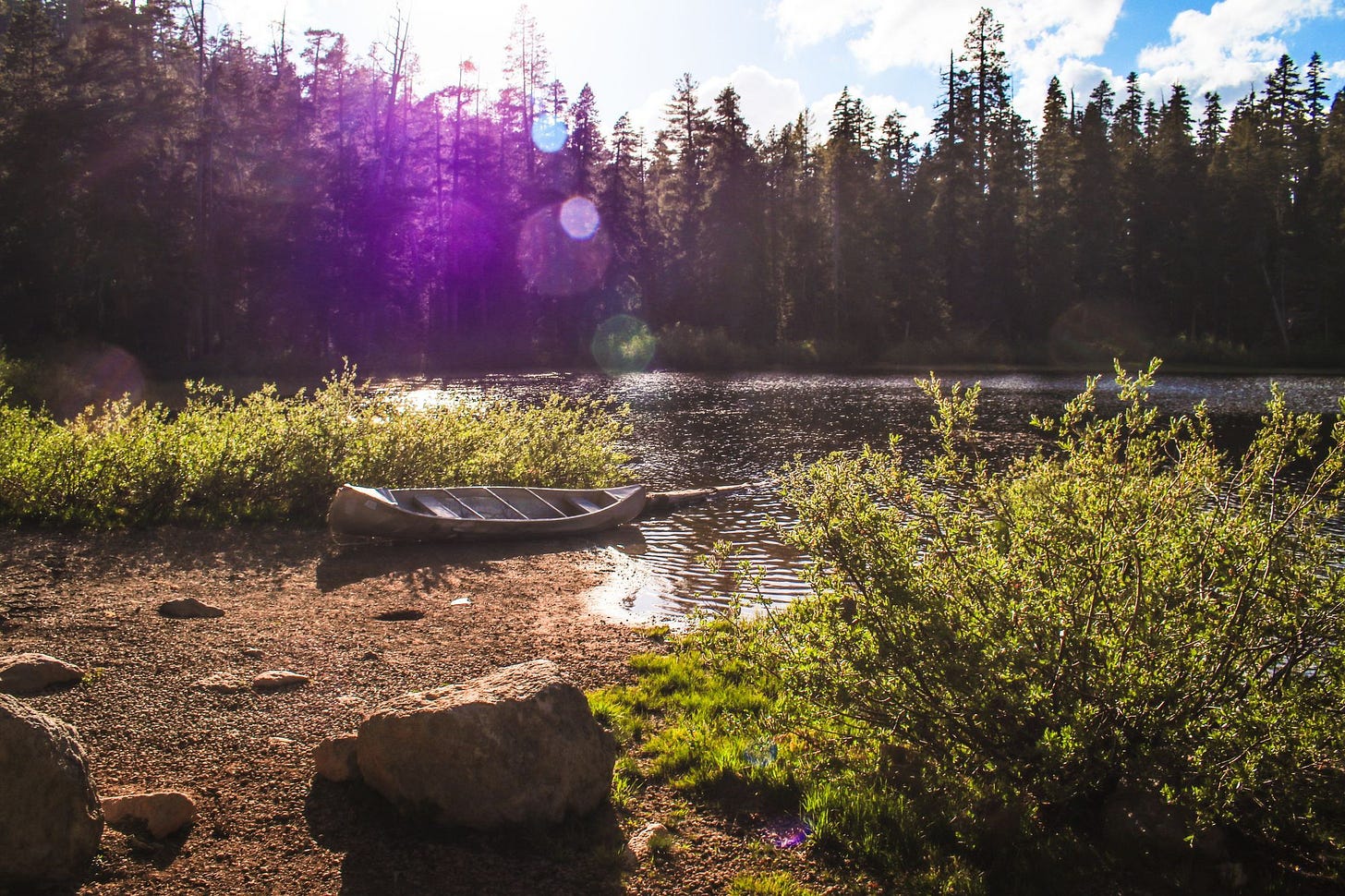I’ve been working on a story about sailors who are blown off course from their trading mission and “discover” an inhabited island near them. Since the story takes place in the very early history of this world, I spent some time looking into the trading early explorers did via different kinds of canoes.
Fun Facts
Carrying a canoe overland is about as fast …
Keep reading with a 7-day free trial
Subscribe to Manuscriptions to keep reading this post and get 7 days of free access to the full post archives.



